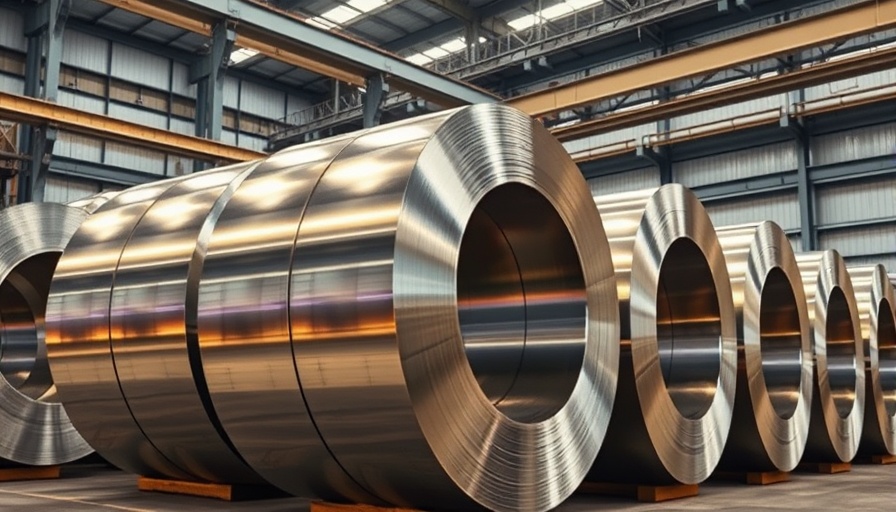
New Tariffs Transform Steel and Aluminium Import Landscape
The recent imposition of tariffs on an additional 407 steel and aluminium imports marks a significant shift in the United States' trade policy. These tariffs aim to bolster domestic production while addressing ongoing concerns about international competition.
Understanding the Context: Why Now?
The timing of these tariffs coincides with rising inflation and supply chain disruptions, reminding individuals and businesses of the interconnectedness of global markets. The move seems to indicate a protective stance towards American manufacturers, aiming to stimulate local job growth, yet it also risks escalating trade disputes with key partners.
Impacts on the Industry and Consumers
The added financial burden on imported materials could lead to increased prices for consumers, particularly in industries such as construction and automotive. Overall, businesses reliant on imported steel and aluminium will need to plan strategically to adapt to these changes while maintaining competitive prices.
Future Considerations: What Lies Ahead?
As these tariffs take effect, businesses and consumers alike will be observing the ripple effects. Will the domestic market adapt successfully to this policy change, or will it lead to shortages and increased costs? Stakeholders must stay informed to navigate the evolving industrial landscape.
 Add Row
Add Row  Add
Add 




Write A Comment